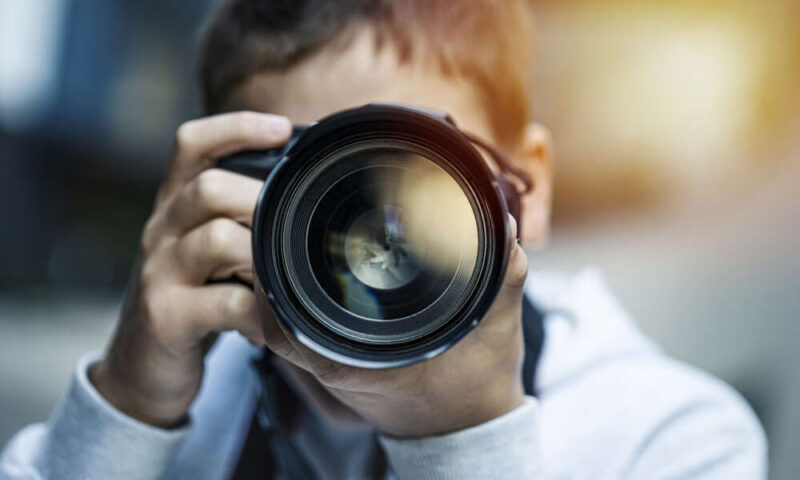
Meetings Pro Tip: Communicate With Your Photographers in Advance
A little planning with event photographers can lead to less stress during the event—and potentially, better shots.
In a visual world, good photos of your events can be a great draw for the future—and a huge boon to your content and marketing teams. But if you aren’t on the same page as the photographers you hire to shoot your events, you may be missing out on some big opportunities—and possibly frustrating your photographers in the process.
Here are some tips to make sure your photographers are prepared for the event so they can work efficiently onsite and deliver what you need.
What’s the Strategy?
Put plenty of work into the planning phase. In particular, make sure you communicate clearly and thoroughly with your photographers and videographers so that they’re aware of the images you want them to capture and how you plan to use them. This ensures that they won’t waste their time taking photos and recording video that won’t meet your needs.
As the Chicago-based event photography firm Photos By Chernise puts it: “Be clear with your photographer about what they should not photograph. For instance, some clients will only want to see a specific demographic reflected. In contrast, some clients will wish to showcase a very diverse demographic. Also, be clear about your must-have shots, i.e., shots of the influencers posed in front of the step-n-repeat, attendees with the branded cookies in hand, attendees interacting with the touch wall, the brand ambassadors handing goody bags to the guest, etc.”
Why Is It Effective?
By communicating in advance, you can help prevent real-time aggravations that can throw photographers off their game. The list of problems is varied, writes Convene’s Andrew Littlefield—including insufficient direction, last-minute surprises, a lack of awareness of dress code, and little room or time to work—but ultimately all of these point to a failure to prepare.
“After all, on the day of your event, the last thing you want to worry about is giving art direction to a photographer—and most event photographers don’t like the idea of a micromanaging event planner either,” Littlefield writes.
What’s the Potential?
Beyond building a good working relationship, careful preparation can lead to better shots. And that means you’ll likely have more opportunities to make good use of that photography and streamline your marketing workload down the line.
“As more technology and tools become available at a variety of price points, associations and nonprofit organizations alike are quickly becoming more sustainable marketing engines too,” writes Aubrey Moore on the Cadmium blog. “If a picture’s worth a thousand words, your event photos can help you tell the story of your event with minimal copy. That means less time in review and editing for you.”
Among the places where your event photos could come in handy: email marketing, blog posts, social media, and—of course—advertising for the next event.
(Dony/E+/Getty Images Plus)






Comments